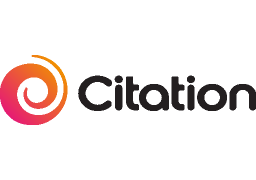It’s that time of year again. The tiresome annual battle between summer term sports and public exams. The clash of priorities between a multi team, multi sport fixture list and a population of teachers parents and pupils terrified of exam under-performance.
There is no science which directly correlates additional time spent in classrooms with academic performance. All studies which took time away from books and replaced it with exercise consistently found that improvement in tests resulted.
Equally robust are the experiments on the impact of physical activity on learning, concentration and the performance of the brain. It is surprising how invisible these findings are in schools, and how readily the myth of maximized hours replaces it.
It is with ever decreasing confidence that schools appear to oppose parental will to forbid children to participate in summer sports. The confusion of priorities leads to ready acquiescence to requests or demands to take no part in games. Cricket, rowing and tennis are the leading victims.
This results in an impossible situation, in which schools scrabble round to fill teams, and to avoid the call of shame to cancel the match. The simple relief of fulfilling the demands of the fixture card is a triumph in itself. There is no school that has never consulted the weather forecast in the hope that the looming cancellation could be justified by rain.
Oddly, this has little impact on the playing standards of the top teams. Many senior cricket teams have never been of higher standard, Henley times have never been faster, and the top tennis teams continue to amaze. Year-round high performance mechanisms are reflected in ever improving performances – but for an increasing minority of pupils. Few indeed are the schools with mass participation of willing teams through a programme of summer Saturdays. Fewer are the lower ability cricket teams without conscripts in the ranks.
It would be relatively straightforward for schools to analyse the data they already hold of exam performance relative to expectation and of value added. This could be correlated with levels of commitment to summer sport to gain a better understanding of the real impact. Some schools have done this, but are reluctant to share results for fear of undermining their own programmes.
This problem is not about to go away. Hopes that revised A Level arrangements will restore mass participation of Lower Sixth to Twentieth Century levels are misguided. Any impact is likely to be small.
The judgment of whether to maintain summer sports in their historic form has to be based on science, not vague conviction that it does no harm. Arguments based on values from Victorian era appear insubstantial and unconvincing to parents desperate for exam grades, and to teachers whose performance is assessed on them. The only way forward is for the sector to collaborate in gathering and sharing meaningful data, and to leverage and recognize the robust science of the impact of exercise on learning. A campaign of educating all parties of the ream impact is overdue.
The battleground will, ironically, be an academic one – not an emotional one.
















